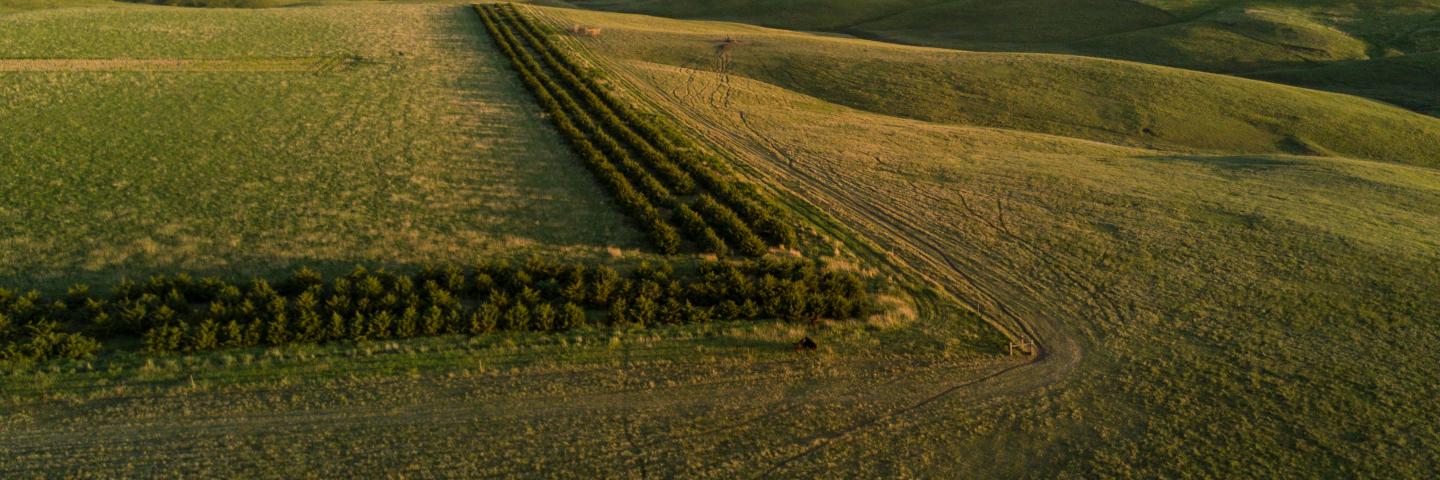Notice


CSP-GCI provides financial assistance to producers to protect grazing uses; conserve and improve & improve soil, water, and wildlife resources on eligible land. Enrollment is limited to those producers who FSA has determined as having base acres that qualify as eligible land for the program.
On This Page
In 2024, USDA awarded $22 million in cooperative agreements for 29 projects in 36 states that expand access to conservation technical assistance for livestock producers and increase the use of conservation practices on grazing lands. NRCS awarded GLCI cooperative agreements for projects that have identified barriers to accessing grazing assistance for producers and will include outreach and support for reaching underserved producers.
USDA is reviving and revitalizing GLCI to leverage partner capacity, expertise and technical assistance to expand the footprint of well-managed grazing systems across the country. While some states have been able to use annual funds to support similar agreements, this new structure and additional funding provides a more strategic and comprehensive approach to support grazing systems, reach new and underserved producers.
GLCI also supports the National Grazing Lands Coalition to help state grazing coalitions boost participation from underserved producers; host a Triennial National Grazing Lands Conference; and to act as navigators for grazers seeking additional resources.
National Grazing Lands Coordinator:
Michael Margo
(469) 712-0817
Michael.Margo@usda.gov
Additional Information
Ready to get started?
Contact your local service center to start your application.
How to Get Assistance
Do you farm or ranch and want to make improvements to the land that you own or lease?
Natural Resources Conservation Service offers technical and financial assistance to help farmers, ranchers and forest landowners.

To get started with NRCS, we recommend you stop by your local NRCS field office. We’ll discuss your vision for your land.
NRCS provides landowners with free technical assistance, or advice, for their land. Common technical assistance includes: resource assessment, practice design and resource monitoring. Your conservation planner will help you determine if financial assistance is right for you.
We’ll walk you through the application process. To get started on applying for financial assistance, we’ll work with you:
- To fill out an AD 1026, which ensures a conservation plan is in place before lands with highly erodible soils are farmed. It also ensures that identified wetland areas are protected.
- To meet other eligibility certifications.
Once complete, we’ll work with you on the application, or CPA 1200.
Applications for most programs are accepted on a continuous basis, but they’re considered for funding in different ranking periods. Be sure to ask your local NRCS district conservationist about the deadline for the ranking period to ensure you turn in your application in time.
As part of the application process, we’ll check to see if you are eligible. To do this, you’ll need to bring:
- An official tax ID (Social Security number or an employer ID)
- A property deed or lease agreement to show you have control of the property; and
- A farm number.
If you don’t have a farm number, you can get one from USDA’s Farm Service Agency. Typically, the local FSA office is located in the same building as the local NRCS office. You only need a farm number if you’re interested in financial assistance.
NRCS will take a look at the applications and rank them according to local resource concerns, the amount of conservation benefits the work will provide and the needs of applicants. View Application Ranking Dates by State.
If you’re selected, you can choose whether to sign the contract for the work to be done.
Once you sign the contract, you’ll be provided standards and specifications for completing the practice or practices, and then you will have a specified amount of time to implement. Once the work is implemented and inspected, you’ll be paid the rate of compensation for the work if it meets NRCS standards and specifications.

